You’re walking down the street in your acid-washed jeans when you bump into a person with a giant brick of a phone hanging off their shoulder like it’s a fashionable purse. It’s the 80s—big hair, neon everything, shoulder pads—and our sleek, pocket-sized smartphones are still years away from becoming our digital lifelines. Let’s look at how phone cases went from being a necessity to being a fashion statement.
Before deeping in the history let’s say several words about Andy Fathollahi, the man who invented phone cases. He made this for the company Palm Pilot. It must be said that we mean a phone case, which is more or less similar to its modern counterpart, not a bag, not a wallet or something like that, but a phone case.

The 80s: Brick Phones and Bulky Bags
MTV was born in the ’80s, along with brick phones—and I mean brick. The Motorola DynaTAC 8000X (or “brick phone”) was about the size of a cereal box and weighed over two pounds. You needed a bag to carry this thing—enter the first “phone cases.”
- Bag Phones: These were essentially leather or fabric pouches with straps to make it easier to tote around your two-pound behemoth. They weren’t stylish; they were utilitarian.
- Carriers & Holsters: Holsters and carriers were invented for those brave enough to carry their brick phones without bags. They clipped onto belts or shoulder straps, giving your phone-carrying experience some cowboy vibes.
These cases weren't exactly flying off the shelves because they were made for businessmen and superrich people, and they were too expensive.
The 90s: Sleek(er) Phones and Leather Holsters
In the '90s, with grunge music came flip phones—and slap bracelets. In 1996, Motorola released the StarTAC, which changed mobile technology forever. Suddenly, cell phones became pocket-sized instead of needing their own suitcase; with new devices came new cases.
- Leather Holsters & Pouches: Leather was the game's name, and it continued into the ’90s. Holsters became sleeker and more streamlined and were designed to clip onto belts like tiny sheriff badges.
- Nokia’s Impact: In 2000, Nokia debuted the indestructible 3310 — and colorful snap-on plastic cases. Swapping faceplates became a thing, allowing you to customize your phone with your favorite colors and designs. The customization bug had been planted.
The 2000s: Customization Explosion & Early Smartphones
- In the early 2000s, we personalized everything — including pre-iPhone smartphones.
- Flip Phone Cases: With the Motorola Razr ruling the mid-2000s, phone cases got slimmer and more stylish. Silicone skins and leather flip cases added flair while protecting your flip phone from scratches.
- BlackBerry Craze: If you worked in an office during this time, a BlackBerry holster or pouch with a belt clip was as standard as bad coffee in meeting rooms.
- Faceplates and snap-on cases were all the rage, and Nokia offered every rainbow hue. Third-party manufacturers went wild, providing everything from metallic finishes to blinged-out rhinestones.

The First iPhone Case Made A New Standard
And then there was the iPhone. Apple released its first iPhone in 2007, shaking up the mobile industry as we knew it.
- All-in-One Design: The sleek glass-and-metal design of iPhones meant that phone cases had to change too. The first iPhone case was simple silicone skins that offered minimalistic protection for your expensive gadget.
- OtterBox Revolution: If you were afraid of scratching your brand new iPhone, OtterBox had you covered with the Defender series. These tough, multi-layered cases became known as the ultimate in heavy-duty protection.
- Fashion Meets Function: As the iPhone turned into a must-have accessory, cases went from being solely protective to full-on fashion statements. High-end designers like Kate Spade and Michael Kors got in on the action, creating chic cases that also served as wallets or clutches.
- Rise of Customization: Companies allowed for designing your cases, which led to an explosion of personalized options.

Modern Day: A Case for Every Personality
Today, phone cases are worth billions of dollars and have more variety.
- Slim but Protective: Brands have mastered thin protection by offering lightweight military-grade shock-absorbing cases.
- Eco-Friendly Trend: Biodegradable plant-based material has been used to make environmentally friendly cases. Orase is at the forefront here with compostable stylish, sustainable designs too!
- Tech-Infused Protection: Cases have gotten smarter, too—smart battery life provides magnetic charging for the Apple Magsafe series, etcetera, and everything else.
- PopSockets and Grips: Functional accessories like PopSockets and phone grips have become necessary for selfie addicts.
- Functional Wallet Cases: With digital IDs and Apple Pay becoming more common, wallet cases with RFID-blocking technology built into them provide an easy way to carry around just what you need when you need it most!
- Extreme Customization: Thanks to online marketplaces and custom case makers, you can find a case that fits any interest or personality.
Even though we love showing off our beautiful phones, they still need phone cases protection. Why?
- A good case is like insurance for your phone when you drop it or scratch it.
- Style Statement: With so many different colors and designs available now cases have become another way people can express their personal style – so change them up as often as possible!


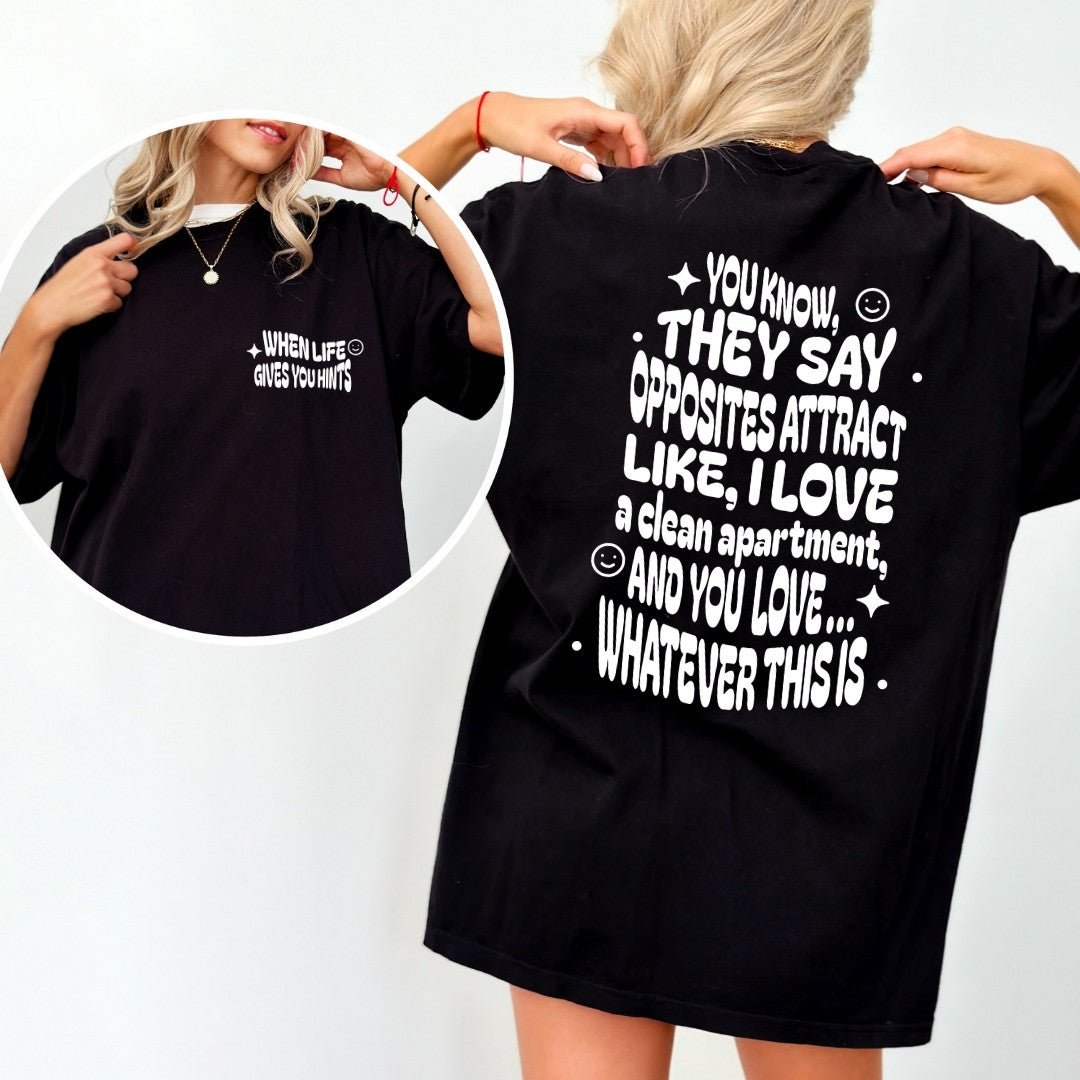
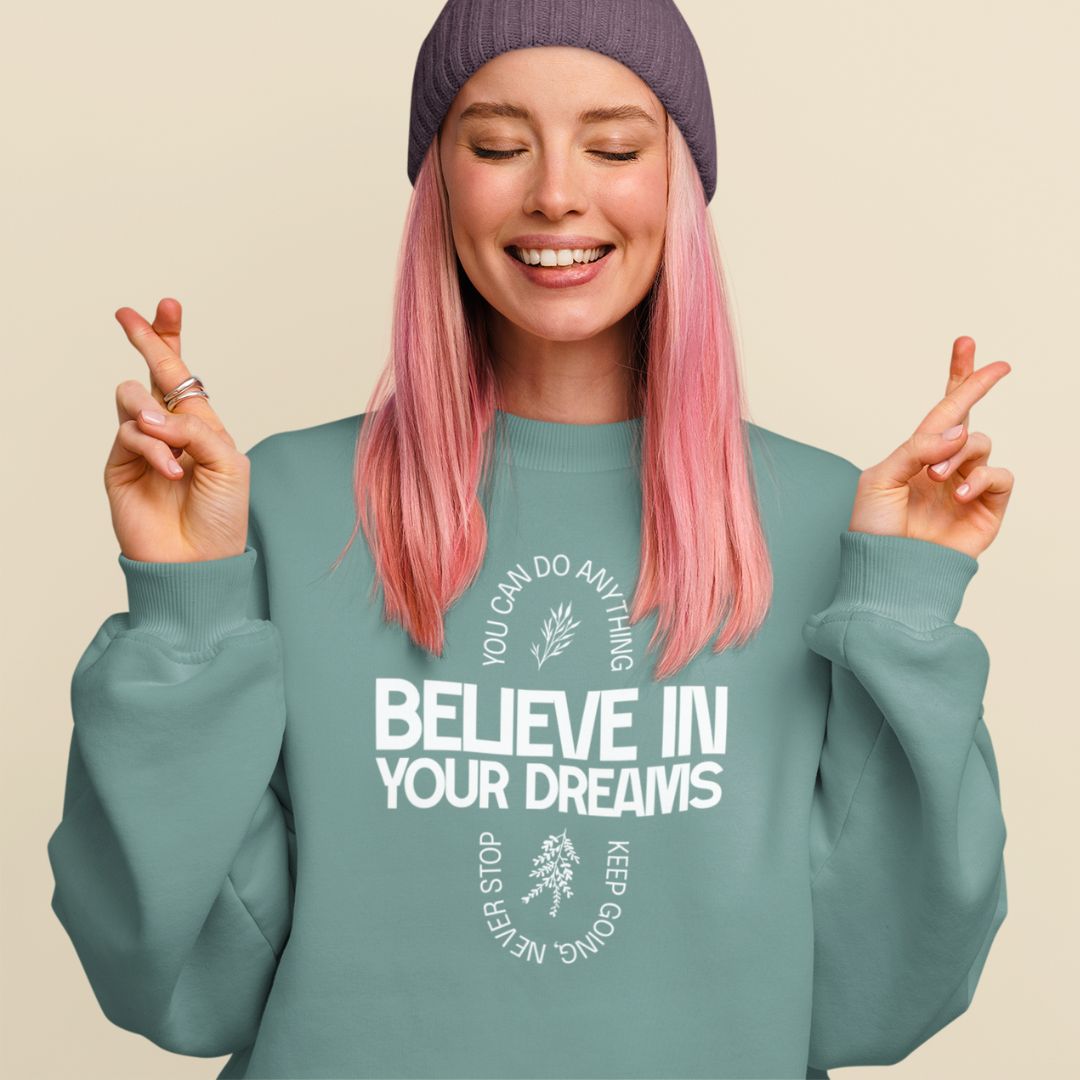
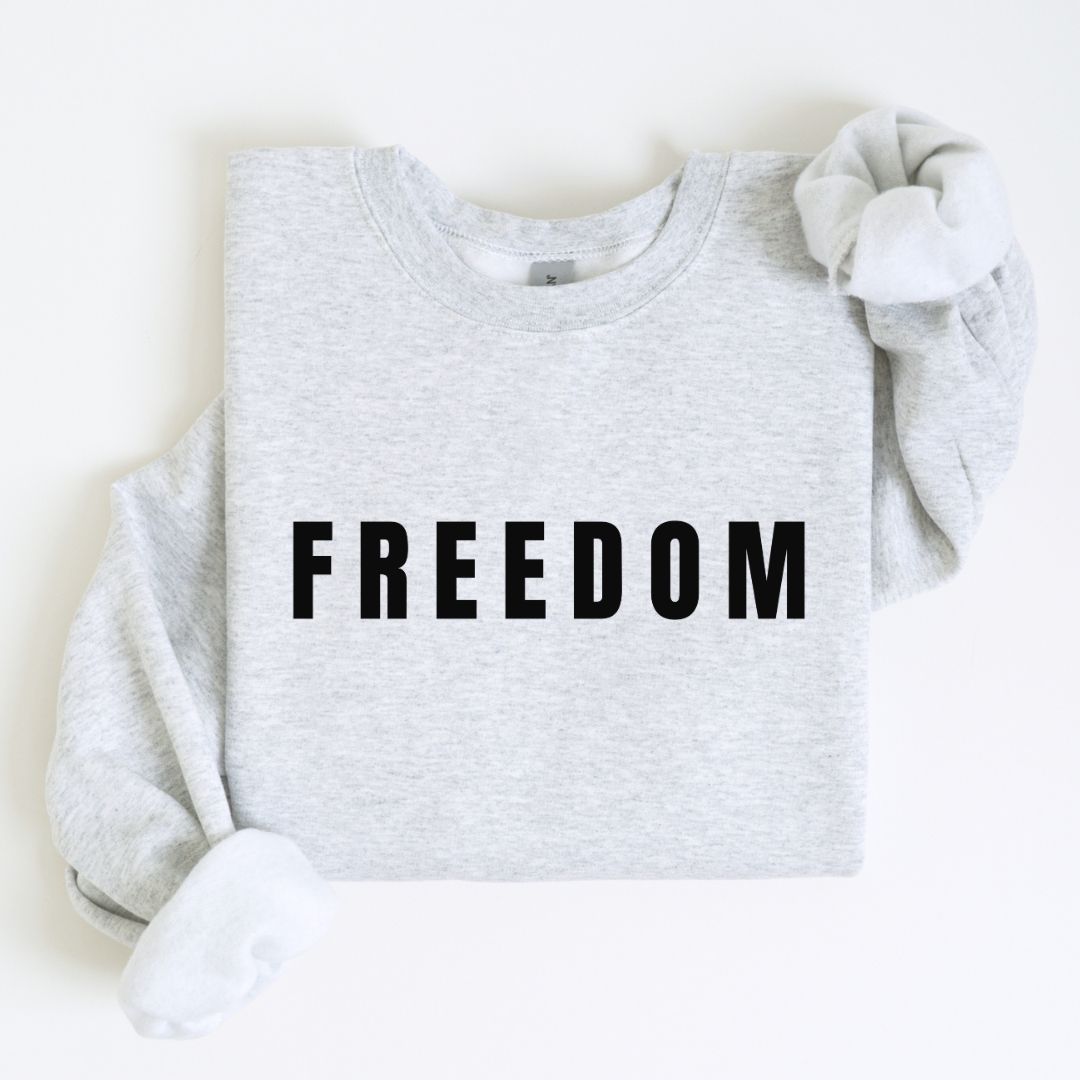
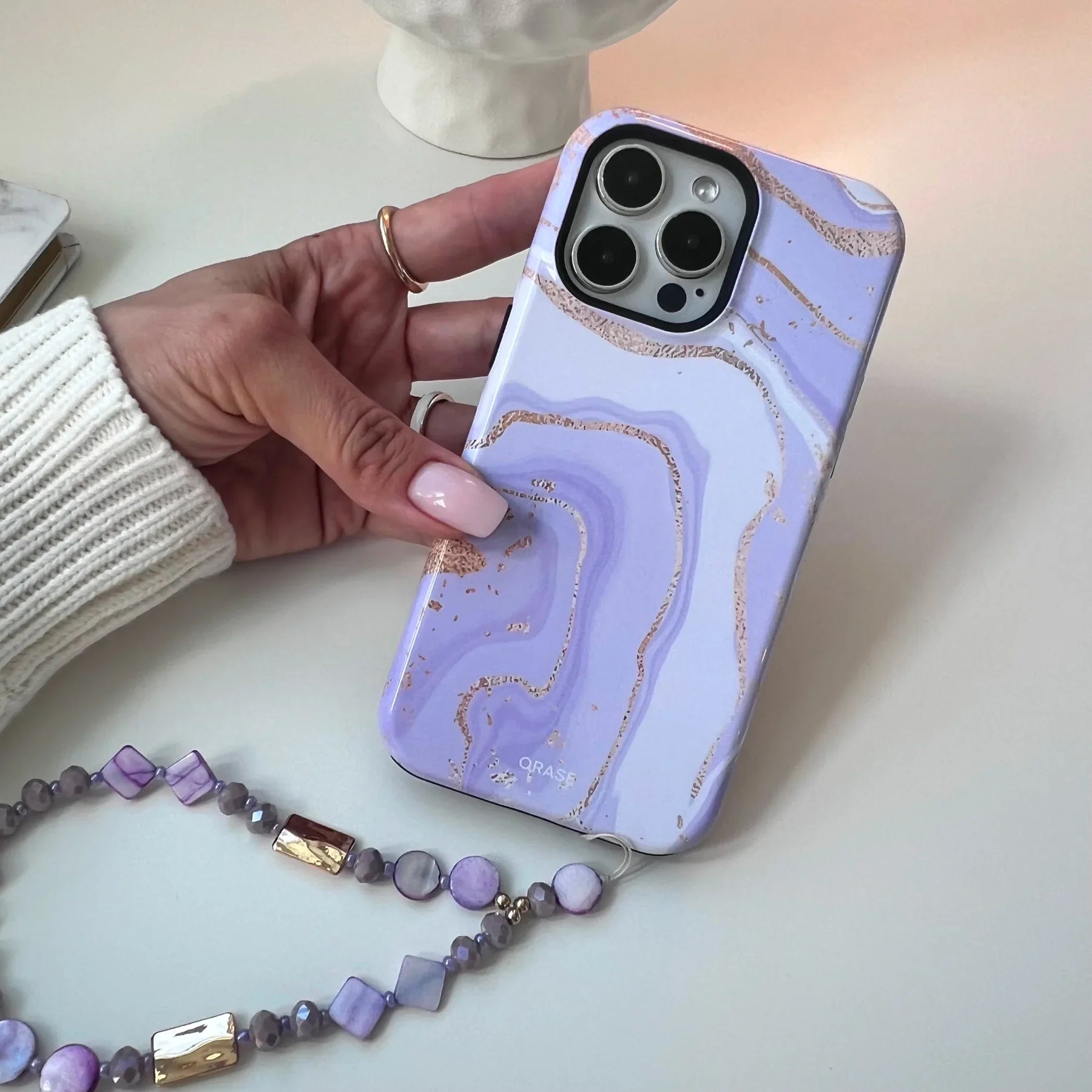
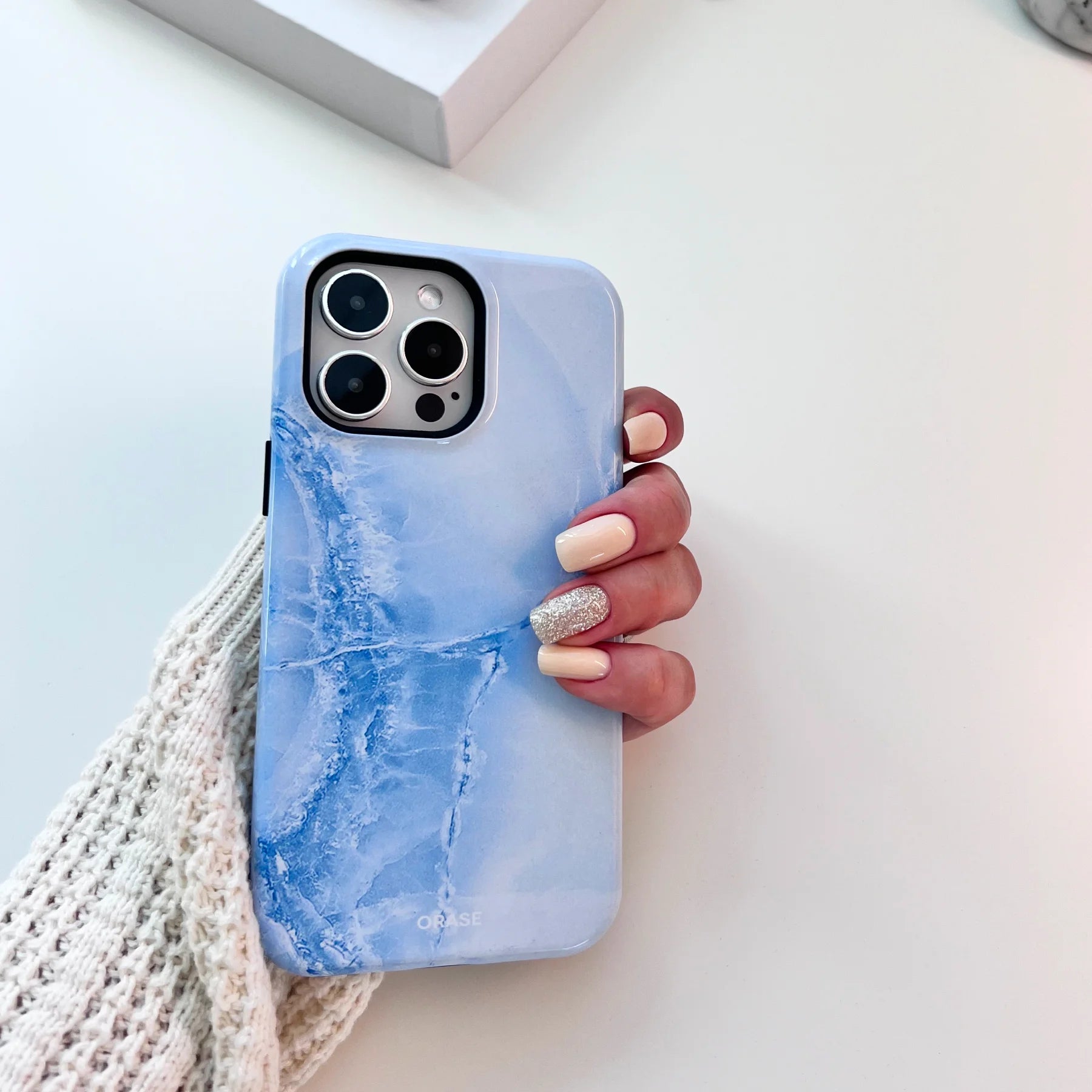









Leave a comment
This site is protected by hCaptcha and the hCaptcha Privacy Policy and Terms of Service apply.